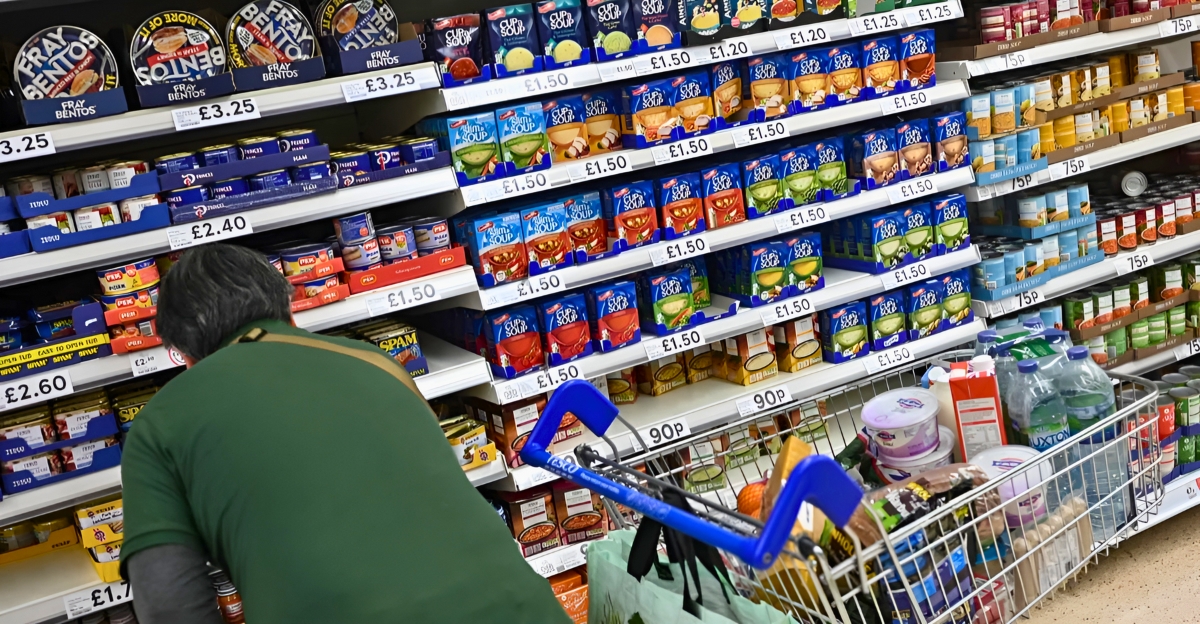
What would your reaction be if you visited your neighborhood grocery store and found that the can of soup or vegetables you typically buy is up by 30 cents per can? That’s not just sticker shock; it’s the trifecta of tariffs on steel, rising inflation, and no real fix in the supply chain.
Thirty cents is pennies, but this increase is seismic for families living paycheck to paycheck or those using canned food out of necessity for convenience and nutrition. These hikes may redefine shopping behavior, burden food security, and ring out well beyond the grocery aisle. Here’s why you need to pay attention and act now.
The Impact Of Steel Tariffs On Packaging And Prices
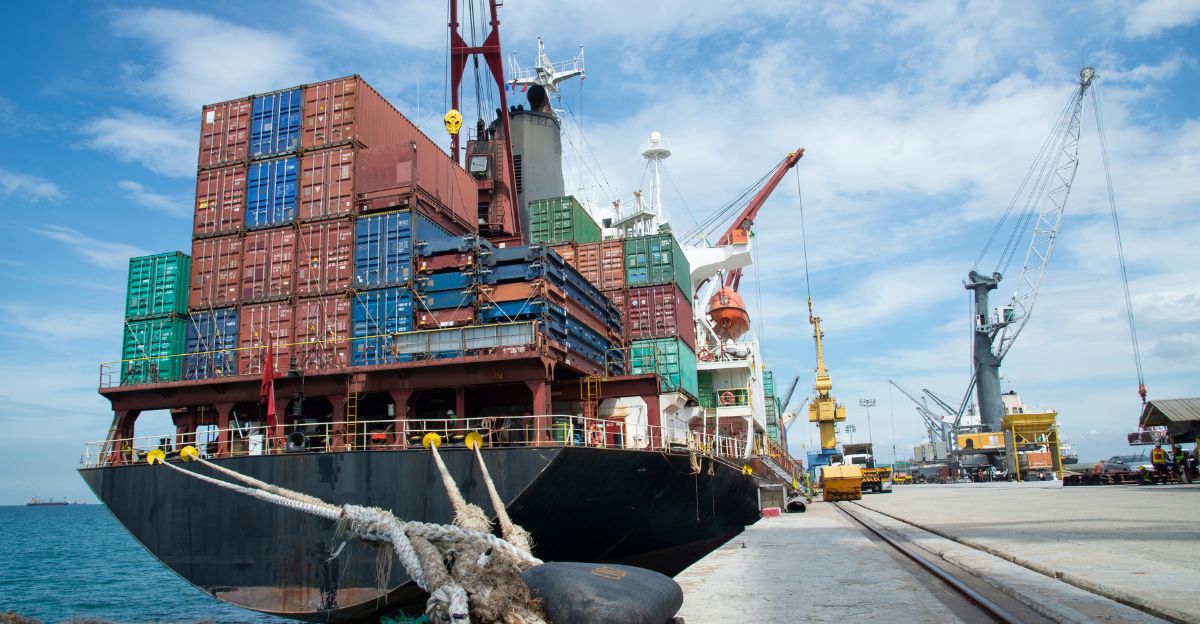
It’s not about the peas or tomatoes in the can, it’s about the can. The latest move by the Trump administration to double tariffs on foreign steel to 50% will assist in making tin-plate steel prices skyrocket.
There is a need for tin-plated canned food, but American industry cannot provide it, forcing it to turn to costlier imports. As a result, industry experts predict that canned food will increase by as much as 30 cents per unit, a 9% average boost. Tariffs, put in place to support domestic steel, have the potential to make necessities costlier for millions.
Inflation’s Perilous Grip On The Grocery Tab
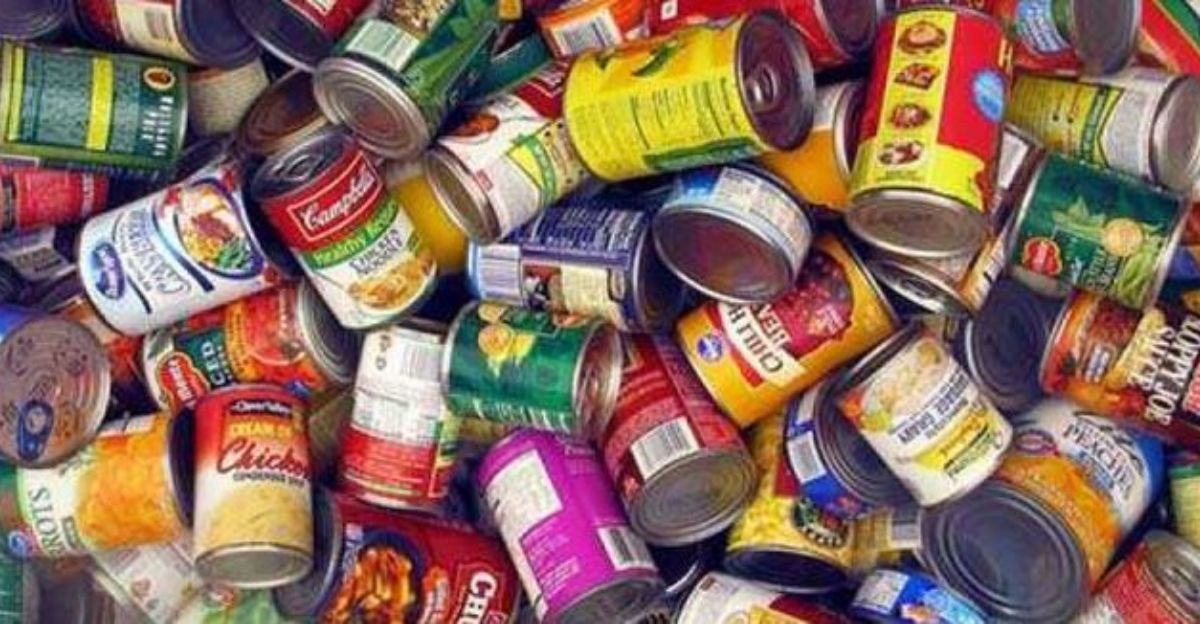
Inflation is no longer a newspaper headline; it’s a household fact. In Canada, food prices rose 3.8% year-over-year through April 2025, outpacing wage growth and squeezing family budgets.
Canned food, once an automatic haven for price-conscious shoppers, is now caught up in this inflation cycle. Rises in labor, fuel, and fertilizer prices are squeezing manufacturers and making them pass the agony to consumers. The increase of 30 cents is a snapshot of a larger economic issue.
Uncovering The Real Costs Of Canned Food
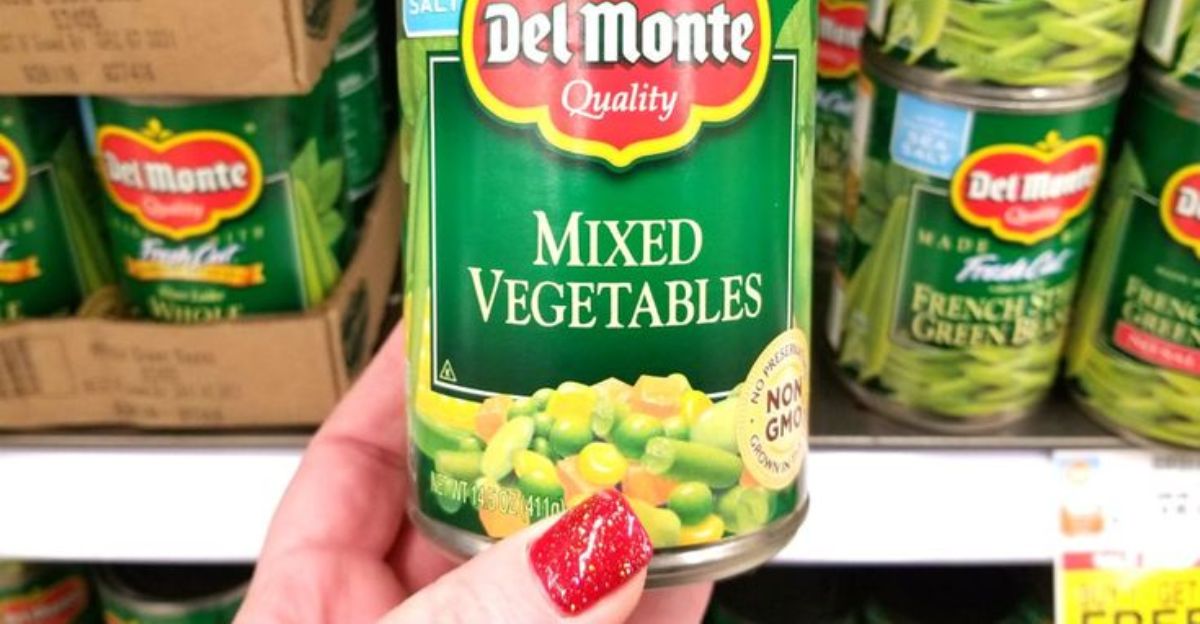
Steel tariffs are just the first pennies. Farm inputs, fuel, fertilizer, and labor can rise dramatically, pushing up food costs in the media. Weather interruptions, worker shortages, and global supply chain bottlenecks create added challenges, driving up canned food costs in production and delivery.
Industry giants like Del Monte and Green Giant face decreasing profit margins, and some are already cutting back product offerings to cope. The result? Fewer choices and more costly at checkout.
When 30 Cents Spells Crisis For Families

To less privileged households, an extra 30 cents per can is no small burden; it’s a breaking point. In South Africa, for example, food inflation has made basic groceries unaffordable for more than half of all people living in poverty.
Steady price hikes force families into impossible choices: eat less often, eat less nutritious foods, or go hungry. Higher costs for canned food will further worsen food insecurity and malnutrition in children, including multigenerational implications.
Food Prices Considered And The Psychological Components Of Expectations
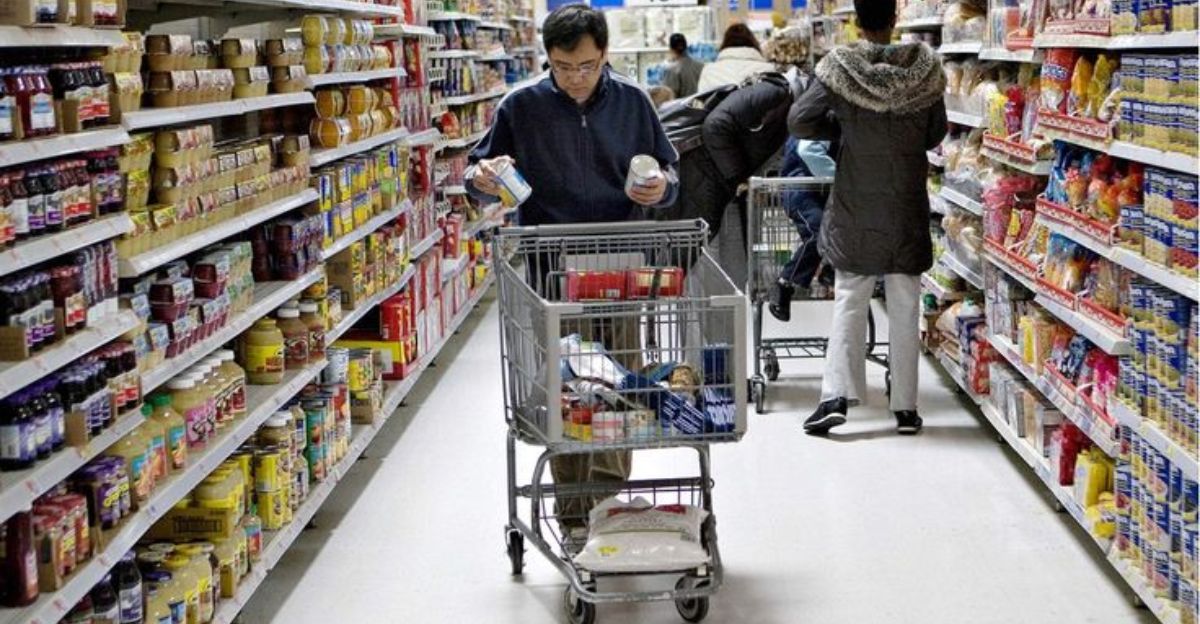
Food prices are just numbers. They create public perceptions and expectations. Food prices affect inflation expectations in more than 60% of households. When the costs of everyday staples such as canned goods increase, it increases anxiety and changes consumer behavior.
Consumers may rush to stockpile them, causing shortages, or turn to unhealthy alternatives. The psychological effect can be just as damaging as the economic, creating a cycle of fear and reaction where people spend.
The Broader Economic Impact: Starting with Cans
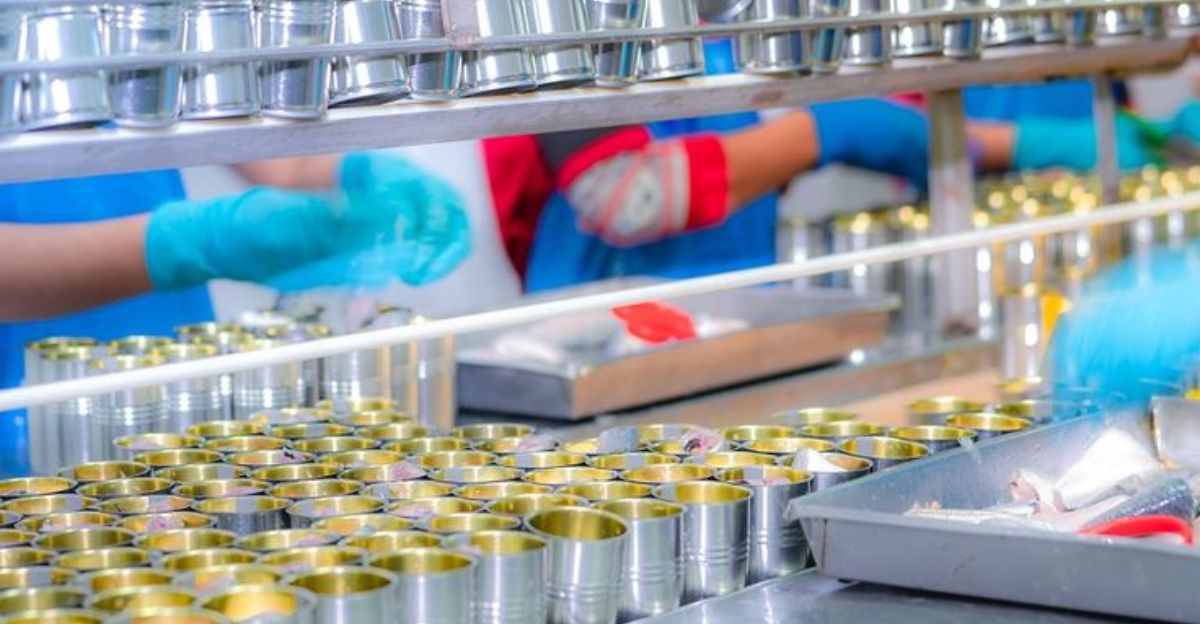
The consequences go much further than the grocery store. If canned goods get too expensive, demand will likely decline, which could cost about 20,000 jobs in American food-can factories. The manufacturer may switch to lower-quality, less environmentally sustainable packaging materials, like plastics, compromising the sustainability objectives.
In general, the amount of traffic from customers needing to conserve resources through purchase differentiation may reduce the customer traffic towards retailers. As more households falter, social safety nets and food banks are stretched further, draining public finances.
Is A Health Revolution Possible From This Contrarian Angle
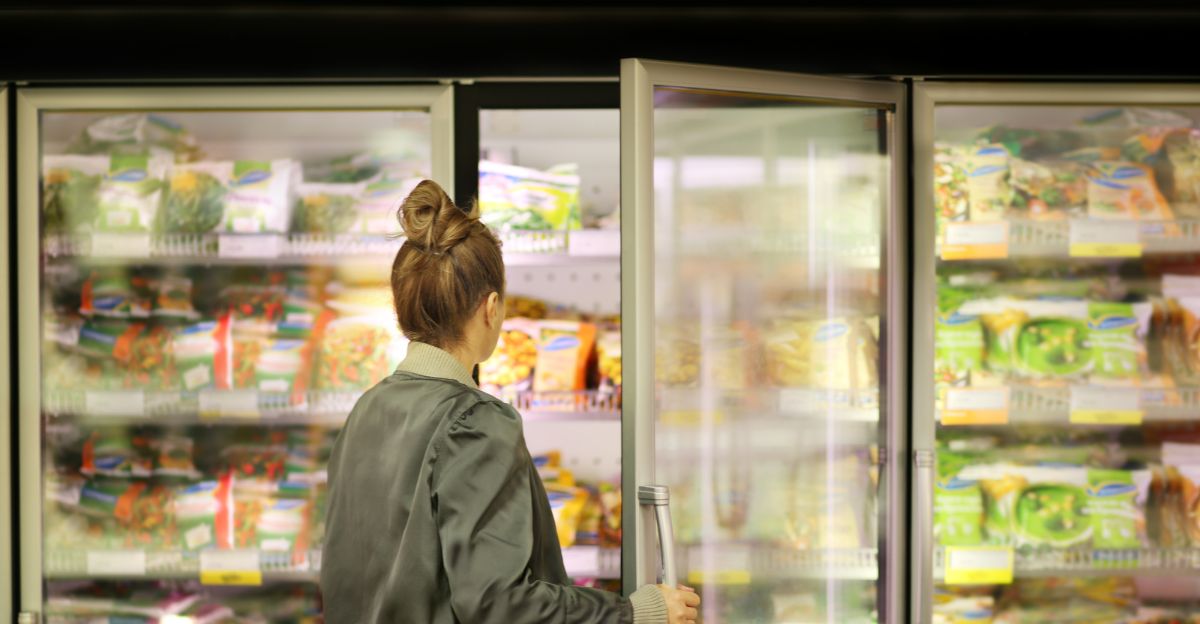
Here’s a twist: expensive canned food might push some consumers toward fresher, less processed foods. As soups and canned vegetables rise in price, consumers might turn to fresh or frozen alternatives.
That might increase demand for local produce and healthier eating if, and only if, those options are convenient and affordable. However, for many, especially in rural areas or food deserts, canned goods remain a lifeline. There is potential for positive change, but the potential to worsen inequality is also very real.
Lessons From Past Price Shocks And Their Historical Echoes
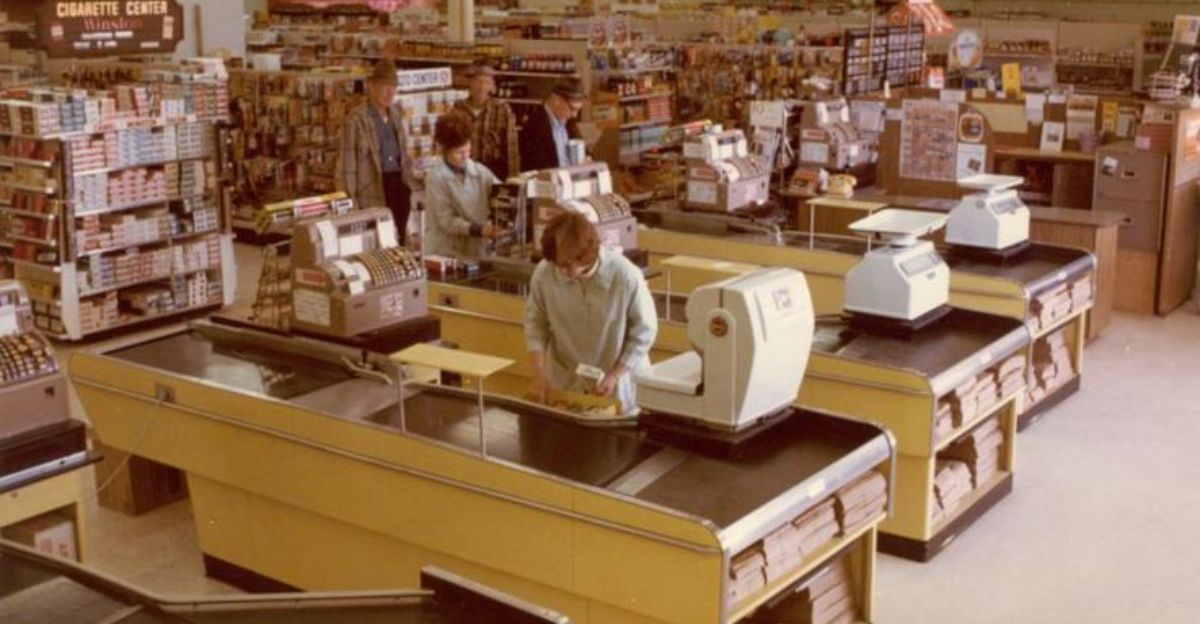
Historical experience indicates that rapid and sudden increases in food prices can have devastating social and political repercussions. For example, in the late 1970s, Canadian food inflation was above 20%, and unrest ensued that forced government intervention.
Also, recent global increases in food prices triggered protests and policy changes worldwide. Hence, the takeaway is that people should take the price hike warning signs seriously. Policymakers and consumers must take action now to cushion the blow by stocking up, diversifying supply chains, and shielding vulnerable groups.
Stock Up Or Get Left Behind
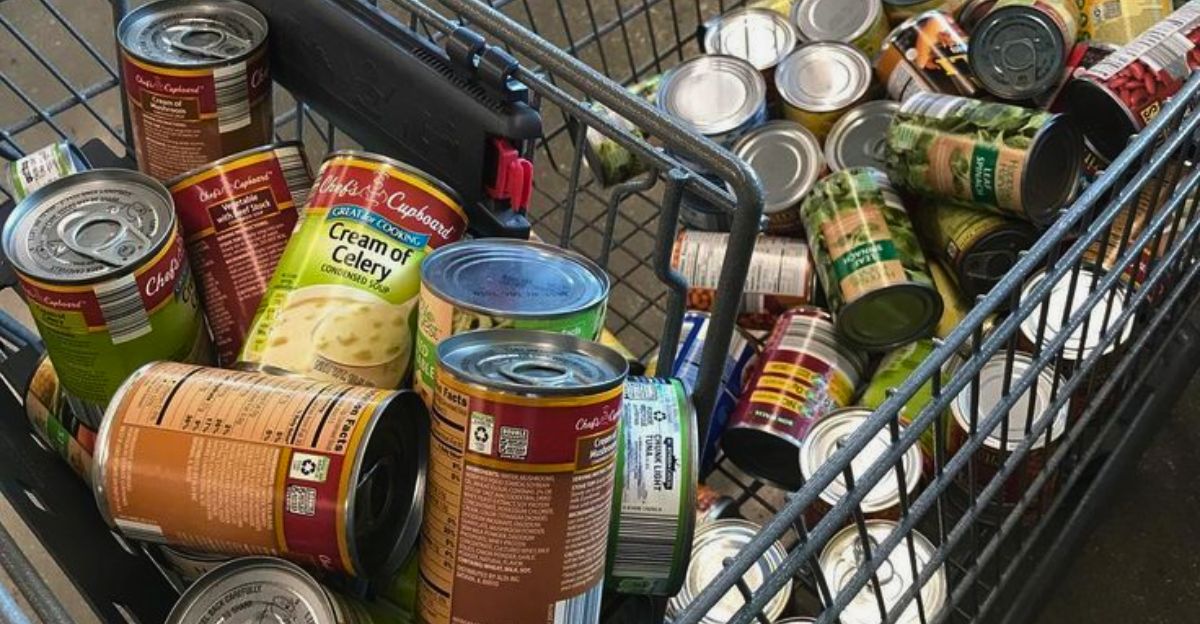
The 30-cent increase in canned goods cost is no anomaly; it’s a warning sign. This increase could jeopardize family budgets, food security, and potentially the economy, driven by tariffs, inflation, and supply chain issues.
It’s now obvious what to do: purchase canned essentials before the impact fully manifests. But this, too, is a call to action for leaders and communities to address the root causes, invest in resilient food systems, and protect the most vulnerable. The fate of the pantry and the dinner table depends on what we do next.
Discover more trending stories and Follow us to keep inspiration flowing to your feed!

Craving more home and lifestyle inspiration? Hit Follow to keep the creativity flowing, and let us know your thoughts in the comments below!
